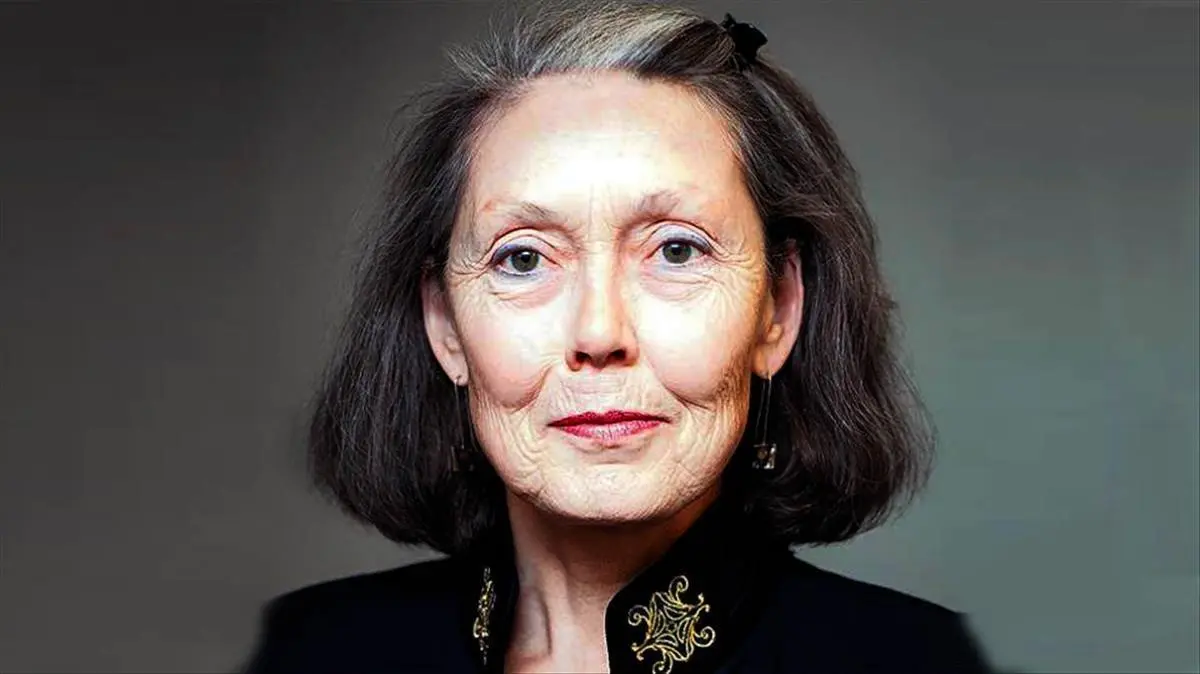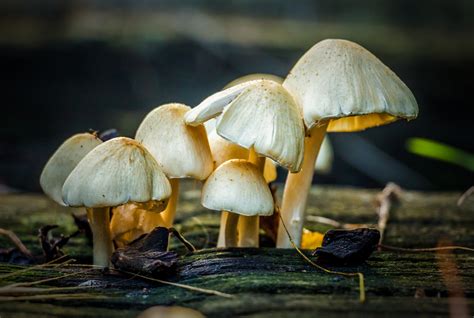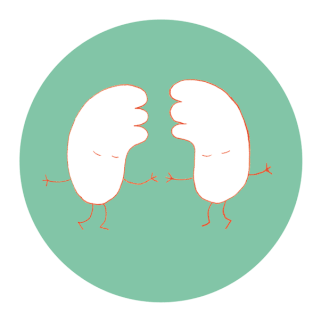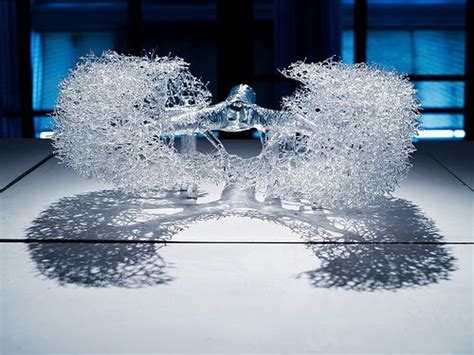The poem First Cell by Ruth Padel, is a passionate account of „the world’s first magic“, the formation of a cell. It is part of her book We are all from somewhere else, Migration and Survival in Poetry and Prose which I’ve read and listened to countless times to take in her wondrous hymn to life. (Ruth Padel herself narrates the audio version of her book.) We are all from somewhere else explores why living beings migrate, whether it be immigrant plants, millions of wildebeest, zebras and gazelles crossing the Mara River, the ancient Hebrews’ flight into Egypt or today’s migrant workers and refugees. It is „the pull of the world“, the call for survival which began with the first cell’s making and breaking bonds to multiply and replicate itself. „This was the original migration“, Ruth Padel writes, „ – the spread of blue-green algae over the globe.“ Photosynthesis of air to oxygen – the stuff our breath is made of.
Read MoreIn the ancient struggle of breath against death
I’d like to share a poem from one of the most unique and brilliant contemporary poets in the English language, Anne Carson. This poem is taken from her book Decreation, poems, opera, essays. The idea of decreation stems from Simone Weil, who sees it as “an undoing of the creature in us”, an undoing of the self. Anne Carson explores various ways in which decreation is possible or manifests itself, for example, through sleep, madness, love or immersion in God’s light. Three women in history who have battled with this subject are elegised: Sappho, Marguerite Porete and Simone Weil.
Read MoreAcquire the air
"Acquire the air" is a line from the poem Mushrooms by Sylvia Plath. I couldn't help but notice just what a perfect verb "acquire" is for the relation-ship living beings can have with air. In the original Latin "acquirere/adquirere" means "to get in addition to, accumulate, gain," from ad "to" + quaerere "to seek to obtain". And how perfect it is for a visceral understanding of mushroom life, too, a quiet, discreet seeking under the earth while obtaining air in the process. In her poem, mushrooms are portrayed to be models of interaction and Sylvia Plath proves to be the human to write their manifesto.Read More
Breath Pirates
I’ve never played a video game but I do find the art form fascinating, for example Breath Pirates, an interactive fiction video game from 1997 by Mike Snyder. Breath Pirates was the introduction to a trilogy called The Oxygen Wars which, unfortunately, was never written. The premise of the game is that something caused a decline in Earth’s natural oxygen. As oxygen becomes scarce and the air thins, this leads to a war. As much as the game is a sci-fi fantasy, it seems strangely close to home today when corporations compete over who owns, governs and influences natural resources like water and air.
Read MoreBreath Token December 2022
Revisit your favourite Breath Tokens from 2022
Now that we‘re coming to the end of the year, rather than add a new Breath Token, I invite you to revisit a Breath Token that resonated with you, that inspired you or made you discover something new. “Transition as Invitation” from October or “Transition as anticipation” from April are favourites of mine, for example.
How would you explore these themes of transition now? And if you do explore them, what’s changed and what’s stayed the same?
I wish you all the best for the ending of this year and the new beginning.
Let’s stay in touch. Let’s be breathed.
A game of Pac-man
With his title Breath Taking, Michael Stephen M.D. refers both to the lungs as an extraordinarily beautiful and complex organ as well as to what inhibits and challenges the lungs’ wellbeing.
He begins with the origin of oxygen – going into fascinating detail about the discovery of the photosynthetic pigment of cyanobacteria – and the journey from water to land, accompanied by the simultaneous development of lungs and legs. From being on land, the lungs interact with the environment, our own immune system as well as the immune systems of others. In ancient Greece, the workings of the lungs were first studied and Michael Stephen traces them from Hippokrates and Galen to the present day.
Read MoreThe next step, the next breath
In Michael Ende’s beloved story Momo, Beppo the street swiper teaches us a lesson about equanimity -and the type of breathing that accompanies it – with his broom.
“…it’s like this. Sometimes, when you’ve a very long street ahead of you, you think how terribly long it is and feel sure you’ll never get it swept. And then you start to hurry. You work faster and faster and every time you look up there seems to be just as much left to sweep as before, and you try even harder, and you panic, and in the end you’re out of breath and have to stop–and still the street stretches away in front of you. That’s not the way to do it.
Read MoreBreathing, Balance and Posture
I’ve just watched a phenomenal video named Breathing, Balance and Posture by body work guru par excellence Mary Bond.
In this video, she shares her own movement routine, based on developmental movements, lying on the floor and in a sitting position. She also shares her insights on these movements and how they help to motivate her to do her workout practice.
Mary Bond particularly addresses people who suffer from Parkinson’s Disease in this video but anything she teaches promotes an understanding of healthy movement and thus breathing.
The highlight for me was her tip to imitate the „gah and goo“ sounds babies make. As the back of the tongue closes off the opening of the windpipe, one can only breathe through the nose. The breath flow is markedly smoother and deeper than without this closing off. I was amazed. Try it out yourselves.
Read MoreBreath Token November 2022
Transition as emptiness
In 2022 the breath tokens are about transitions. Transition literally means to “cross over, go over, pass over, hasten over, pass away,” from transire – trans “across, beyond” + ire “to go“.
In breathing, transition naturally occurs after the inhale and the exhale and vice versa. I’ve noticed that I tend to go over transitions, in breathing as well as in the every day, going from one thing to the next without paying attention to the space in between. Despite being aware that these transitions are happening, in breathing or in other behaviours, I find it really challenging to be present in them.
Together with you I’d like to explore the subject of transitions. I’ll post quotes, collect ideas or questions from people I know and from you.
If you’d like to share something about transitions, contact me at hallo@nicolacaroli.com.
Capacity
Capacity is a glass sculpture by cross-disciplinary artist Annie Cattrell, made by her own breath to form the delicate structure of human lungs. Through their large surface area and permeability, lungs are indeed organs for capacity, holding, releasing and retaining air. To me, the glass lungs embody the fragility and permeability of being alive which is heightened by the material Annie Cattrell used, Borosilicate glass, normally used for manufacturing test tubes.
Do check out her other works navigating art, science and the poetic on the Royal Society of Sculptors website.









